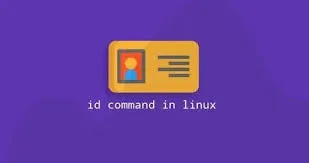The core component of each Linux operating system is the Linux kernel. It manages the system’s resources, and acts as an intermediary between the computer’s hardware and software.
The Linux kernel is a software that has a modular design. A kernel module, or often referred to as a driver, is a piece of code that extends the kernel’s functionality. Modules can be compiled as loadable modules or built into the kernel. Loadable modules can be dynamically loaded and unloaded in the running kernel on request, without the need to reboot the system.
In this article, we’ll talk about how to use the rmmod command to remove modules from the Linux Kernel.
rmmod Command
The general syntax for the rmmod (remove module) command is as follows:
rmmod [OPTIONS] MODULE_NAME...
Copy
On modern Linux systems, rmmod is part of kmod , a binary that implements multiple programs used to manage Linux kernel modules.
#linux
